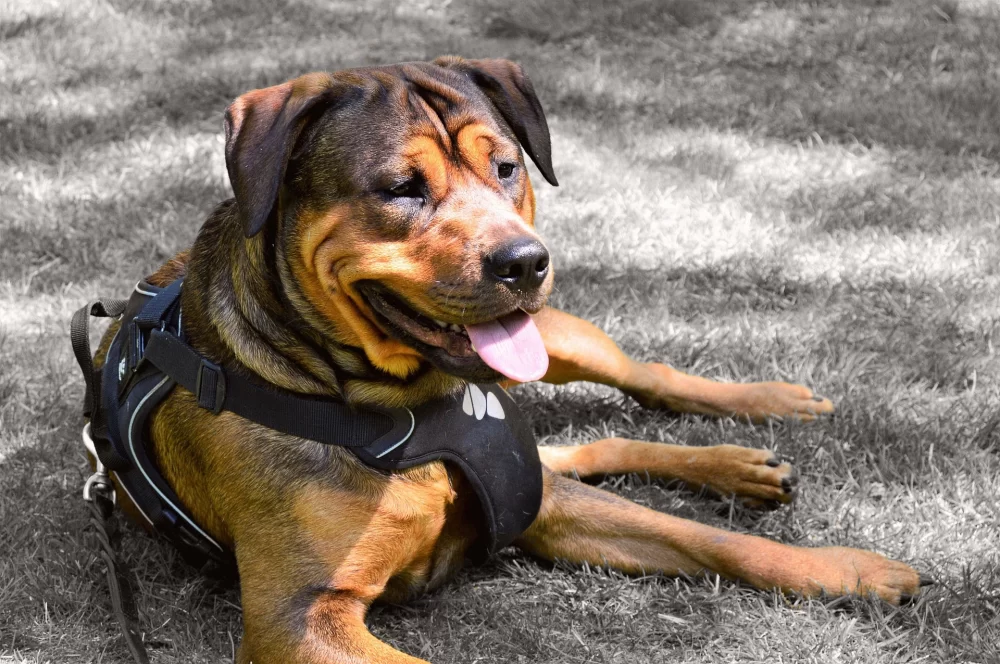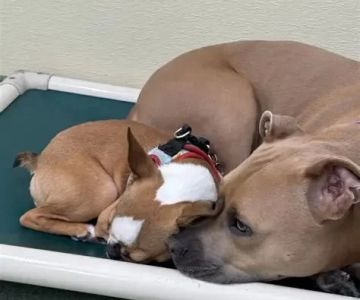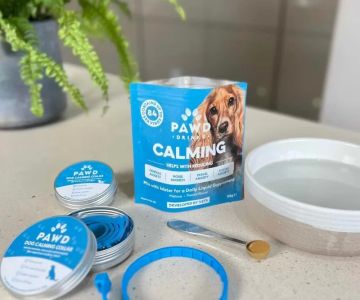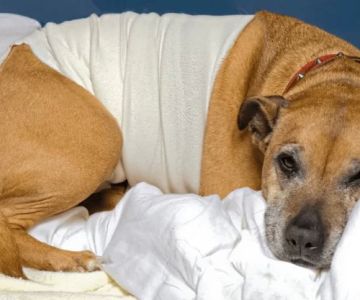Understanding Heatstroke in Dogs: A Dangerous Threat
As a dog owner, the safety and well-being of my furry companion are my top priorities. One of the most dangerous health issues I’ve had to face is heatstroke. It can happen quickly, and it can be deadly if not treated immediately. Heatstroke is especially prevalent during the summer months, and as temperatures rise, it’s important for all dog owners to know how to recognize the signs of heatstroke in their dogs. This article will guide you through the warning signs, causes, and most importantly, how to prevent and treat heatstroke in dogs.
What is Heatstroke in Dogs?
Heatstroke, or hyperthermia, occurs when a dog’s body temperature rises to a dangerous level, usually above 104°F (40°C). Unlike humans, dogs don’t sweat to cool themselves down. They rely on panting and finding cool places to regulate their body temperature. However, when the external environment is too hot or when the dog is exposed to extreme physical exertion, the cooling mechanisms can fail, resulting in heatstroke.
In extreme cases, if left untreated, heatstroke can cause severe damage to internal organs and even lead to death. That’s why it’s crucial to recognize the signs early and take immediate action. Let me share a personal story to highlight just how fast things can escalate.
A Personal Experience with Heatstroke
A couple of summers ago, I had the terrifying experience of dealing with heatstroke in my own dog, Max, a lively golden retriever. Max loved running around in the yard, especially during the warmer months. One particularly hot afternoon, I let him play outside a little longer than usual while I worked in the garden. Before I knew it, Max started panting heavily, and I noticed his gums were turning a strange shade of pale. His eyes were drooping, and he seemed lethargic. I knew something was wrong.
When I checked his temperature, it was over 104°F, and I rushed him inside, immediately starting to cool him down with cool water and placing a fan on him. Fortunately, we were able to get him to the vet in time, and after a few hours of care, he made a full recovery. However, this experience made me realize just how crucial it is for all dog owners to recognize the early signs of heatstroke and know exactly what steps to take.
Recognizing the Signs of Heatstroke in Dogs
As I mentioned earlier, heatstroke can escalate quickly, so recognizing the signs early is key. Here are the common symptoms that I’ve learned to watch out for:
- Excessive Panting: Dogs typically pant to regulate their body temperature, but if your dog is panting excessively and it's not cooling down, it’s a red flag.
- Drooling: Unusually heavy drooling, which may appear thick or foamy, is another common symptom of heatstroke.
- Bright Red or Pale Gums: If your dog’s gums turn bright red or pale, it’s a sign that they’re struggling to maintain normal circulation.
- Lethargy and Weakness: If your dog suddenly becomes weak, disoriented, or collapses, this could be a sign of heatstroke.
- Vomiting or Diarrhea: Some dogs may vomit or experience diarrhea due to the stress on their system from heatstroke.
- Uncoordinated Movements: A dog suffering from heatstroke might stumble or have trouble walking, which is a sign of internal organ distress.
- Seizures: In severe cases, heatstroke can cause seizures or unconsciousness.
Causes of Heatstroke in Dogs
Heatstroke in dogs doesn’t just happen randomly. It usually occurs when a dog is exposed to hot environments without proper care or when they engage in intense physical activity without the ability to cool down. Here are some common causes:
- High Temperatures: Hot weather is the leading cause of heatstroke, especially during the summer months. Dogs with thick coats or flat-faced breeds (like Bulldogs or Pugs) are more susceptible.
- Excessive Exercise: Dogs that are overexerted during outdoor activities like running, hiking, or playing fetch in the sun are more likely to suffer from heatstroke.
- Car Safety: Never leave your dog in a car during warm weather. The temperature inside a car can rise rapidly, even if it’s not extremely hot outside.
- Lack of Shade or Water: Without access to cool, shaded areas or fresh water, dogs can easily overheat.
How to Prevent Heatstroke in Dogs
Preventing heatstroke is a matter of careful planning and awareness. I’ve learned the hard way how important it is to take proper precautions, and I now follow these steps to ensure Max stays safe:
- Limit Exercise in Hot Weather: On hot days, I try to exercise Max early in the morning or late in the evening when temperatures are cooler.
- Provide Plenty of Fresh Water: I always make sure Max has access to fresh water throughout the day. Dehydration can worsen the effects of heatstroke.
- Offer Shade and Cool Spots: I make sure there’s plenty of shaded areas in the yard, and I often set up a small kiddie pool or mist Max with cool water during outdoor activities.
- Never Leave Your Dog in a Car: Even with the windows cracked, the temperature inside a car can rise quickly. Never leave your dog alone in a vehicle.
- Use Cooling Products: I’ve started using cooling mats and vests during especially hot days to help keep Max cool.
What to Do if Your Dog Shows Signs of Heatstroke
If you ever find yourself in the unfortunate situation where your dog shows signs of heatstroke, here’s what you should do:
- Move to a Cooler Area: Immediately move your dog to a cool, shaded area, preferably indoors with air conditioning or a fan.
- Provide Water: Offer your dog cool water to drink, but don’t force it. You can also gently pour cool (not cold) water on their body to help lower their temperature.
- Use a Wet Cloth: Soak a cloth in cool water and place it on your dog’s paws, neck, and belly to help cool them down.
- Contact a Vet: Even if your dog’s condition improves, it’s always best to get professional help to ensure they haven’t suffered any lasting damage from the heatstroke.
Heatstroke is a serious condition, but with the right knowledge and preparation, it’s possible to prevent it and keep your dog safe during the warmer months. By recognizing the signs early and taking swift action, you can ensure that your dog stays happy and healthy all year long.












